There are several car features in modern day Formula One which have significantly improved protection for the drivers over the years, and these features have been developed over the years through thorough research and testing. Here are some key features to protect F1 drivers during a crash:
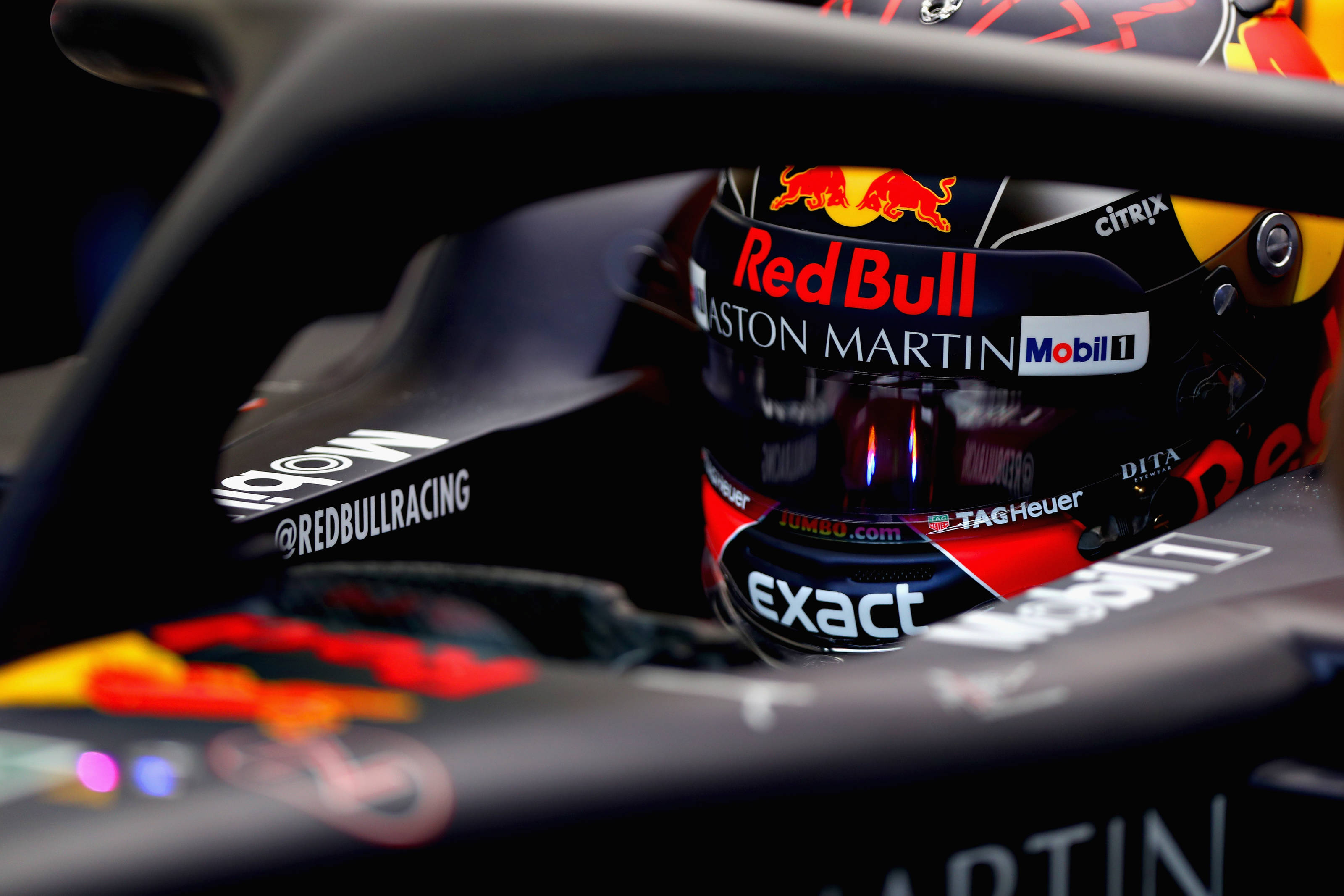
Monocoques:
The first Monocoque was introduced to Formula One in 1962, and it was made entirely of aluminium. This went a little way towards protecting the driver, but the cars were still dangerous, because the material simply isn’t the most efficient way to protect a racing driver during a crash.
In 1982 the first ever carbon monocoque was produced, and over the years carbon composites have been developed thanks to devoted research from experts.
During a crash, the monocoque, which is tight to the driver in the cockpit, will absorb a lot of pressure from the impact, reducing the stress put on the driver’s body during a heavy impact.
Monocoques for F1 cars actually used to be made by plane manufacturers, but these days all F1 teams are expected to make their own monocoque.
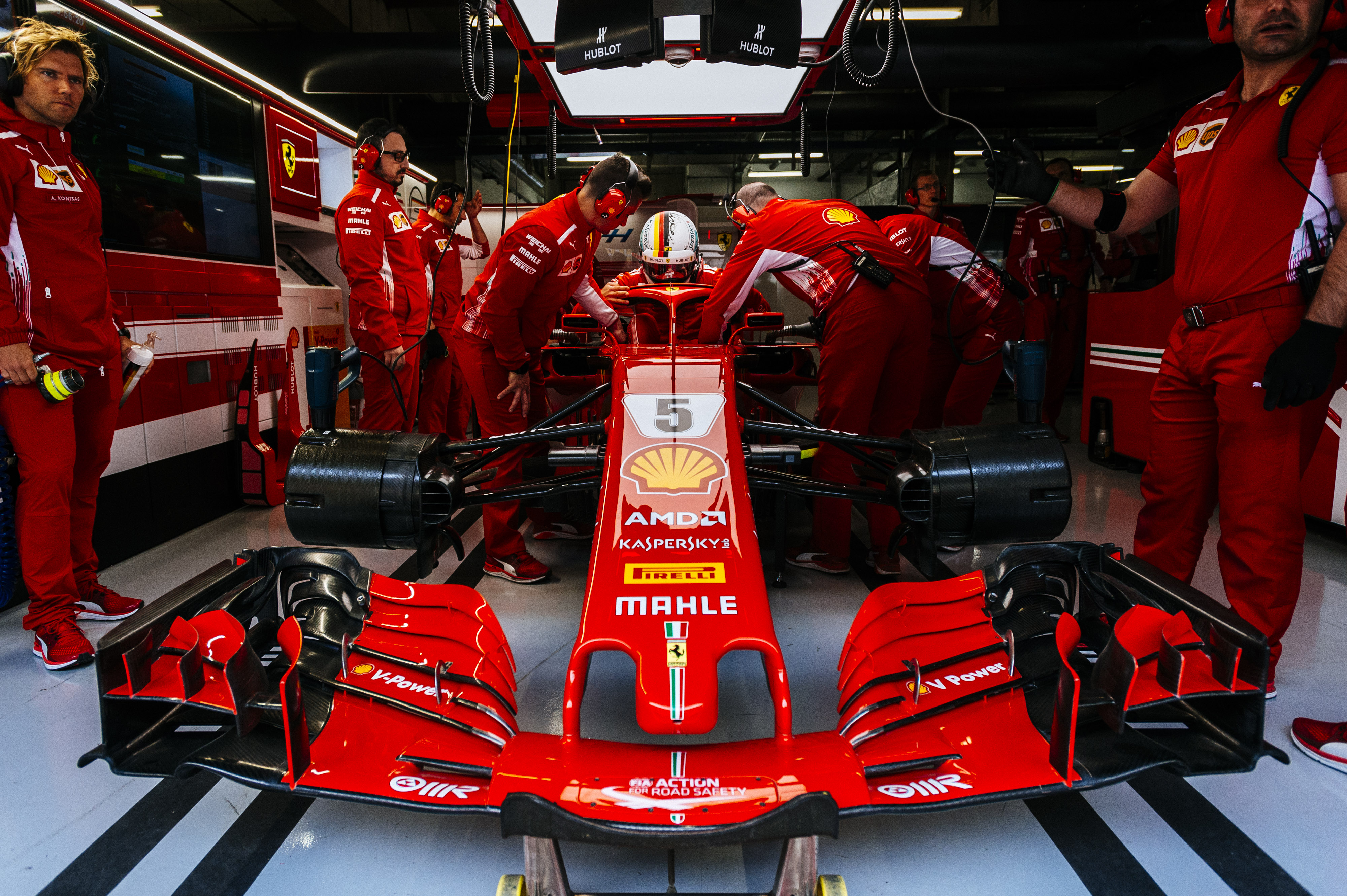
Front nose:
A head-on crash is one of the most dangerous in F1, because it means a lot of exposure to the driver’s body on impact with a wall or another car.
The front wing is designed to shatter on impact. This is scientifically proven to cause a constant reduction in speed after the crash, which helps to limit shocks to the driver from a heavy impact—instead the crash feels more cushioned, with the majority of the pressure from the impact being absorbed by the car.
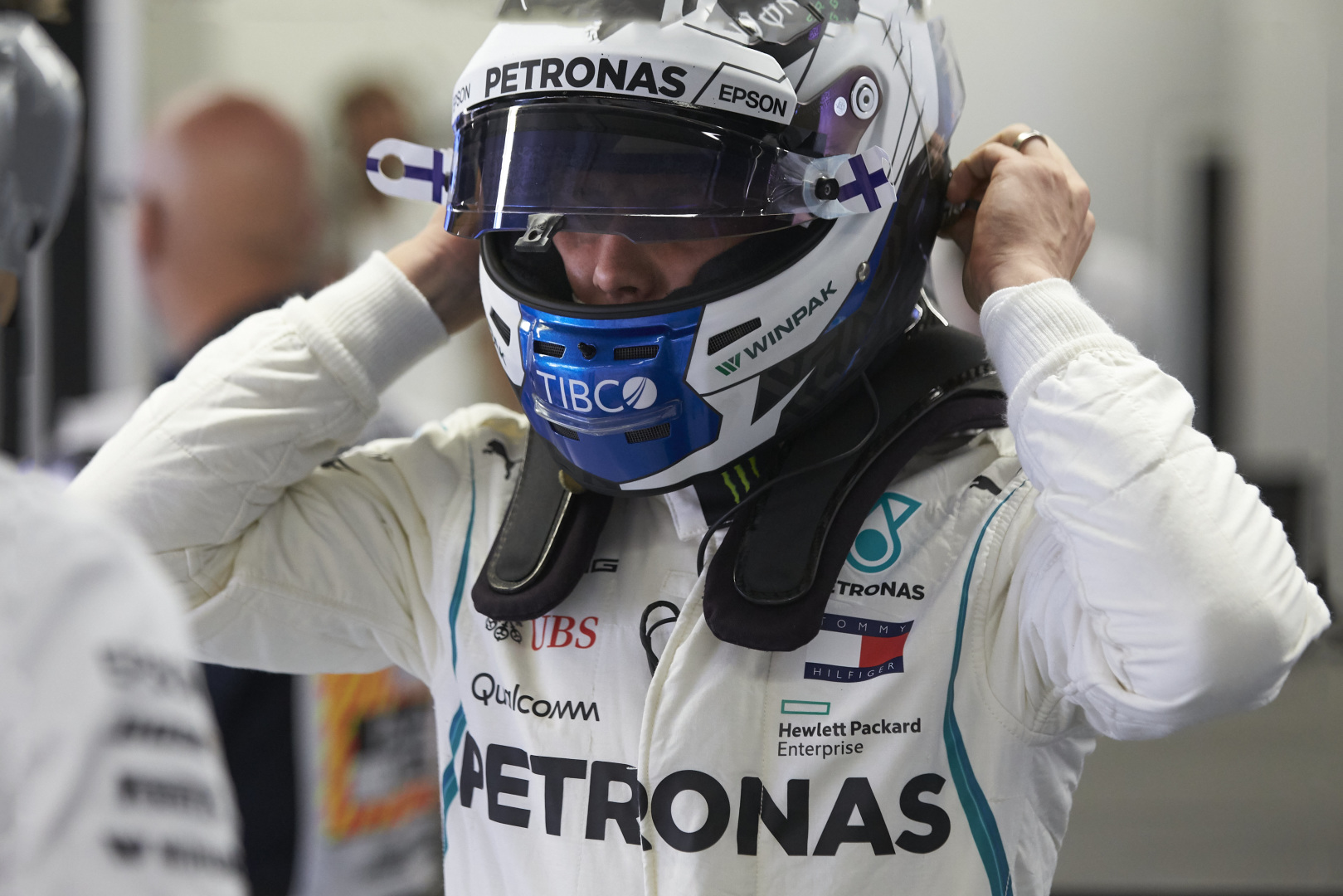
HANS device:
The HANS (Head and Neck Support) device is used for the driver’s neck and shoulders. It limits their movement within the car so that they are less exposed and more protected, not just during crashes, but also during high levels of G-Force.
The HANS device goes over the shoulders and round the neck, clipping onto the driver’s crash helmet.
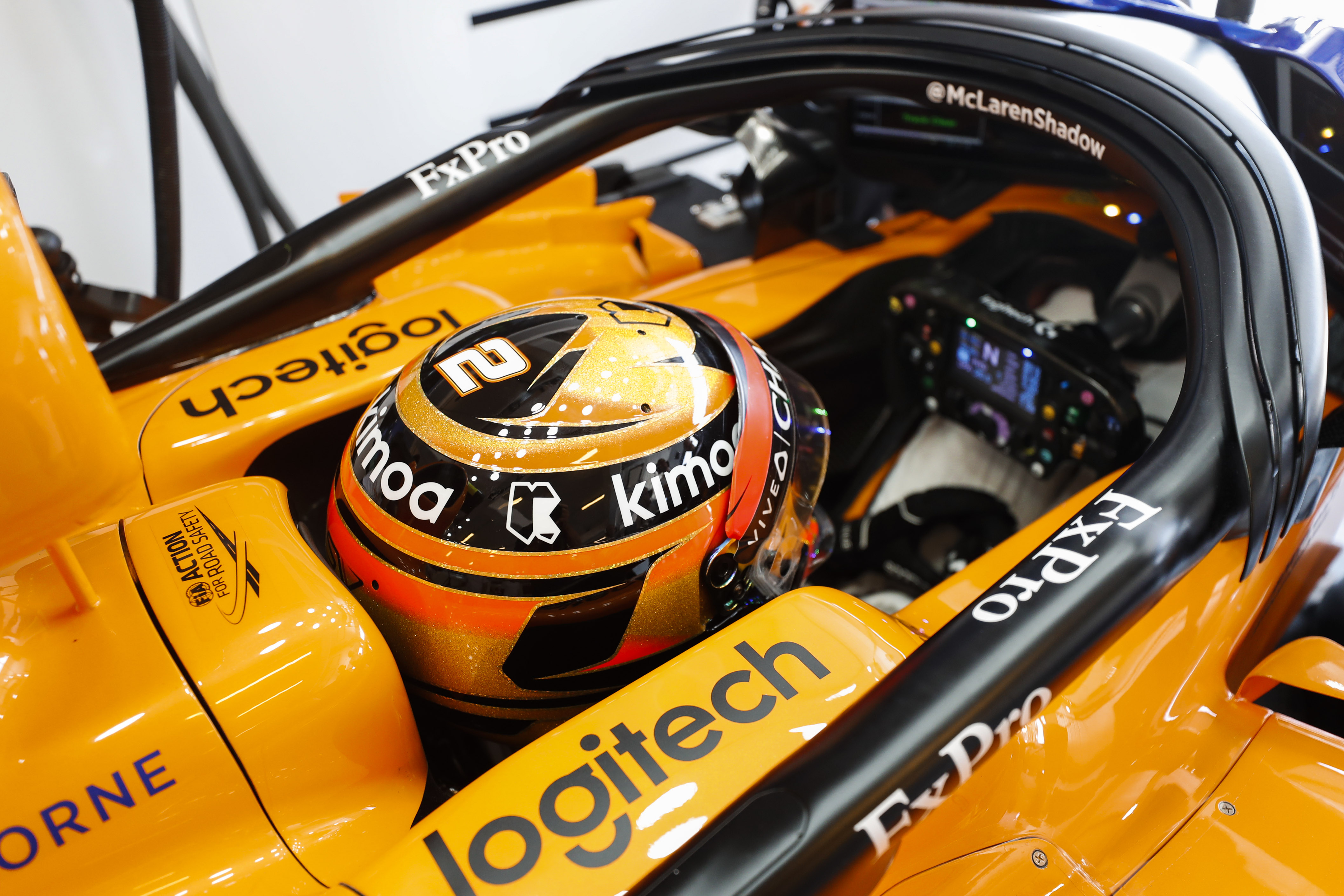
Head rest:
The head rest is the object you see drivers taking off from around their heads when they get out of an open-wheel race car.
The head rest does a similar job to the HANS device, except it is designed to provide more protection to the head. It limits movement of the head during high levels of G-Force or a crash, and ensure that not too much strain is put upon the head and neck. If the head is not able to move as much, then the neck will also be more still, reducing the risk of a serious neck injury. Head rests are also used to absorb the pressure during a crash.
In the past, we have seen head-rests come loose: for example in Baku 2017 when Lewis Hamilton lost the lead because it was not put on properly by the team. It also came off during Kevin Magnussen’s Eau Rouge crash in 2016, which could have been very serious because Magnussen’s head will have had mass exposure and his neck will have suffered a lot of strain because of the unabsorbed impact.
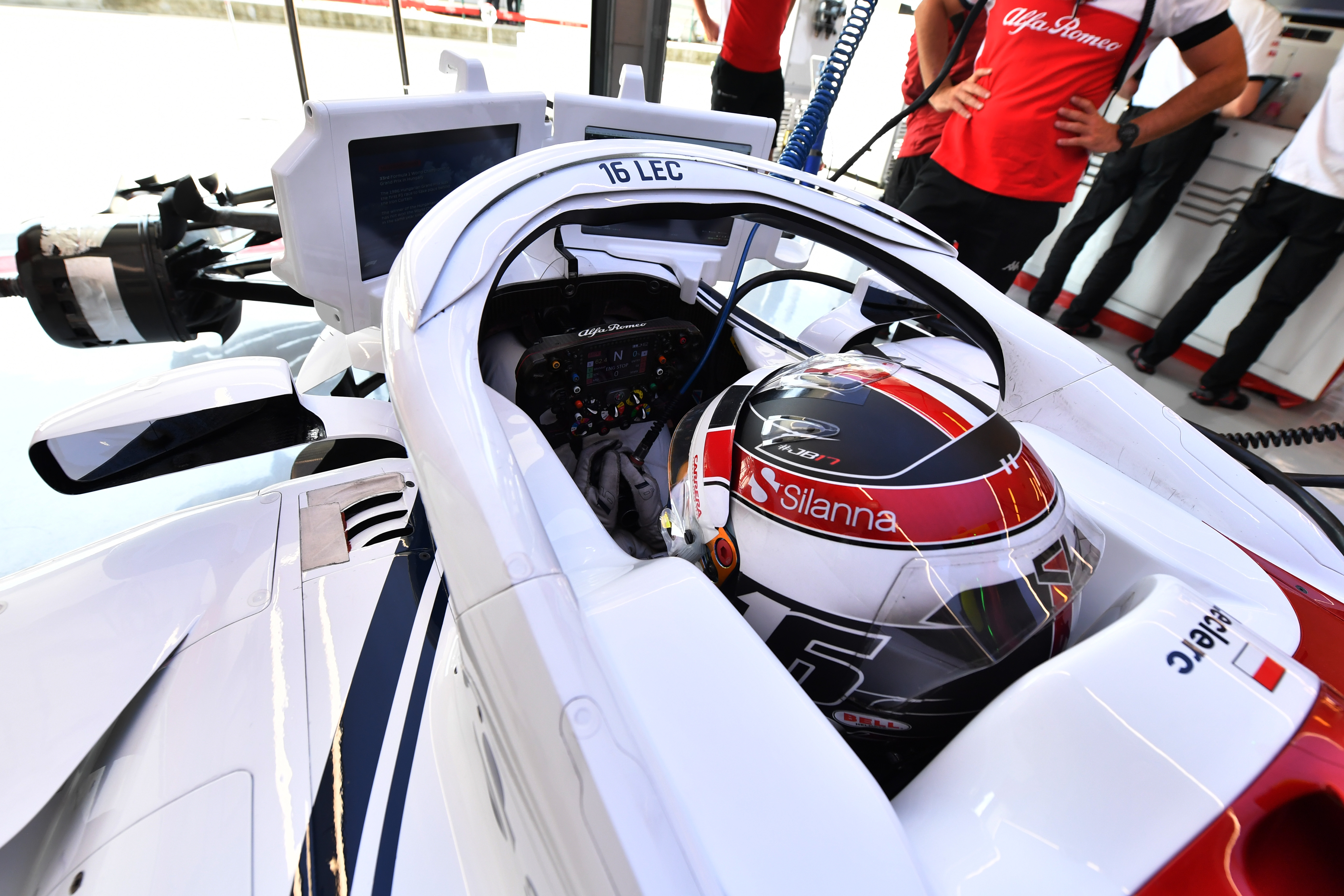
The Halo:
The Halo is a new feature for 2018, and it is being steadily introduced across all FIA-sanctioned series’.
The Halo is designed to prevent debris from hitting the driver in the head. The late Jules Bianchi’s crash was cited, and if a car comes into contact with a recovery vehicle, the Halo is thought to be able to prevent the head hitting the vehicle.

Wheel tethers:
F1 now has much stronger wheel tethers than it did before, which greatly reduces the risk of wheels flying off during a crash.
In 2009, Henry Surtees tragically passed away when he was hit in the head by a flying wheel following a crash during a race. The wheel tethers now are designed to hold on to the wheel even during extreme impacts, so that there is much less chance of a wheel hitting someone’s head following a crash.

Barriers:
The cars are not the only things designed to keep drivers safe during crashes. Tecpro barriers were introduced to F1 several years back to help absorb the impact when a car hits it, rather than spitting the car back out again like metal barriers do.
Tecpro barriers provide more of a cushion for the car and the driver, so as to provide extra protection during a crash.

Crash tests:
Every year when a team releases their new car, the FIA runs extremely thorough crash tests to make sure the car can survive high speed crashes, and that they will provide the correct protection for the driver in the event of a crash.
The team will not be allowed to run their car on track until they have met all the criteria in the crash test.
Featured image courtesy of Renault Sport Media

